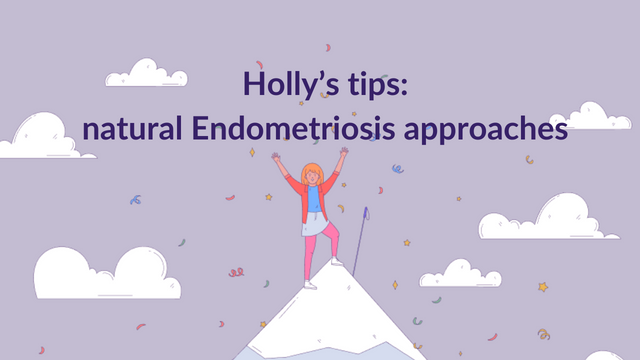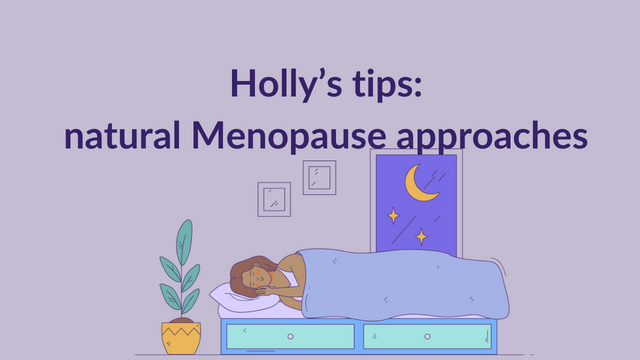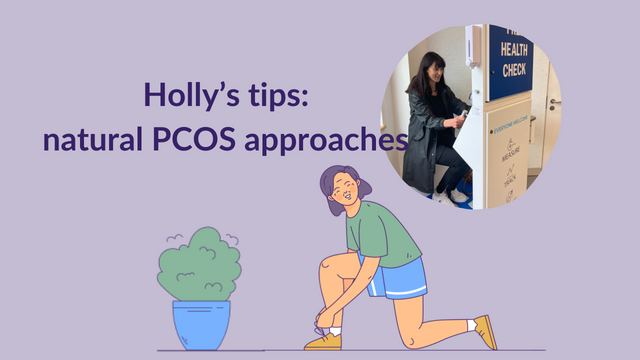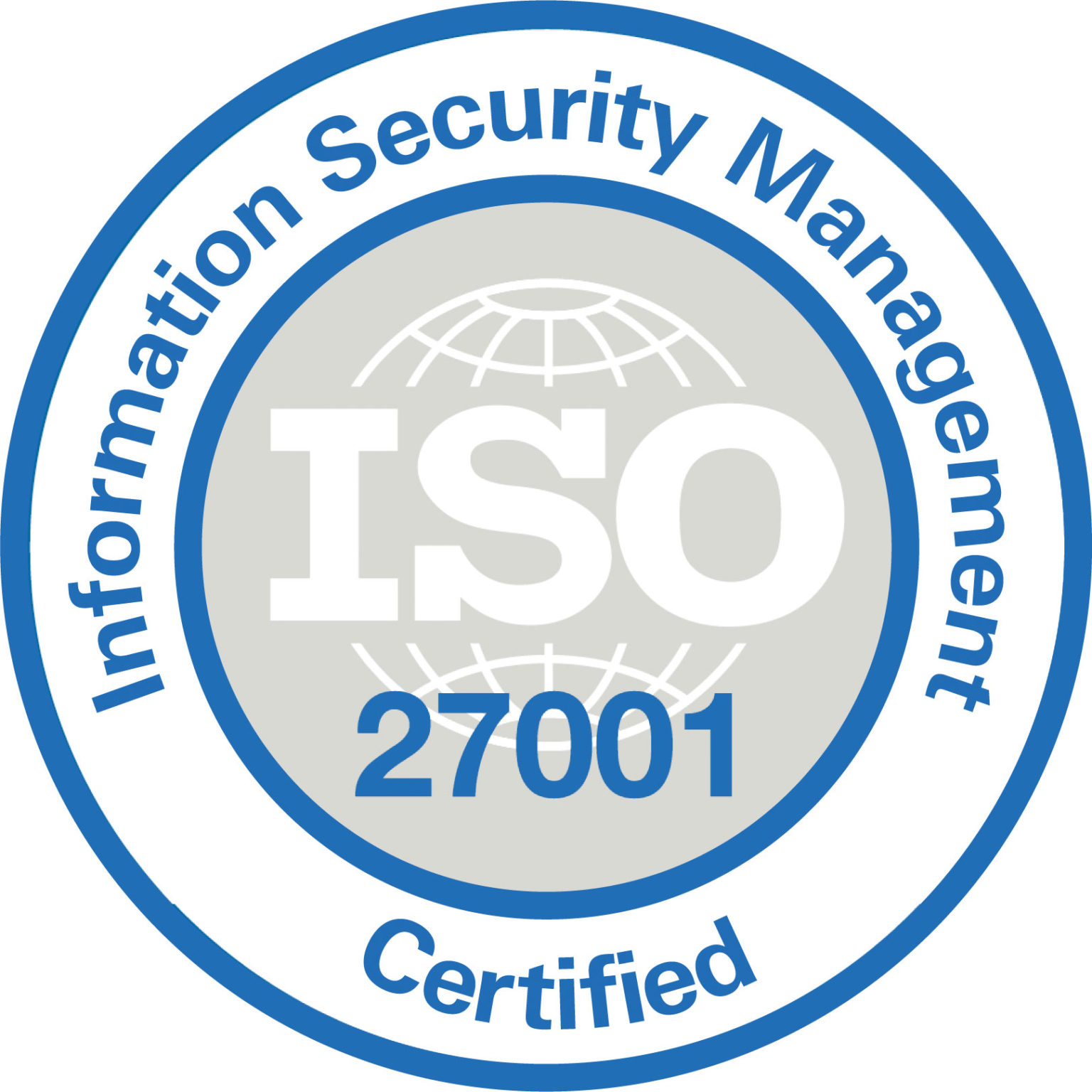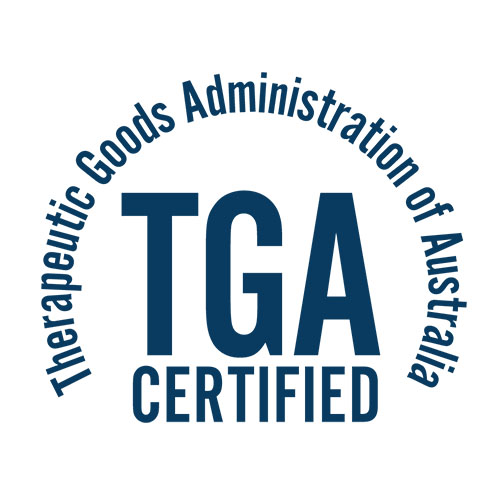Natural approaches for endometriosis
Holly Stone • 2024-02-01
As part of our series for International Women's Day 2024, we are empowering women with natural approaches to managing Endometriosis.
Our focus now shifts to empowering women to mange endometriosis symptoms through natural approaches as part of our series for International Women's Day. Despite affecting 1 in 10 women from puberty to menopause (that’s 1.5 million in the UK), the majority of people do not know what endometriosis is and cannot name the symptoms. Endometriosis is a long-term condition which sees tissue similar to the lining of the womb grow in other parts of the body, generally on organs in the pelvic cavity such as the ovaries, fallopian tubes and bowel. They respond to the ebb and flow of hormones produced during the reproductive cycle. Hence, pain can be worse during the time of the month, but constant pain is also a feature of endometriosis. This may have a devastating impact on a woman’s education, personal and professional relationships, mental health, and quality of life.
Treating endometriosis is complicated largely down to there being no known cause. In this blog post, we explore some practical tips centred on lifestyle and dietary adjustments for women navigating the complexities of endometriosis which can be beneficial in easing symptoms but also supporting long-term Menstrual health wellbeing.
Lifestyle Changes
- Sleep is crucial for managing endometriosis so prioritize quality sleep by turning of screens one hour before bed, maintaining a cool environment where you sleep, ensuring you have complete darkness, and if this can't be achieved wear an eye mask. Finally, balance your circadian rhythm by trying to go to bed and get up at the same time every day.
- Exercise regularly as it boosts your mood which can help with some of the pain and mood changes associated with endometriosis. It also can restore strength in your pelvic area, especially with some targeted pelvic exercises.
- Cut out or reduce caffeine as it can worsen symptoms and affect sleep. Caffeine can affect hormone levels (including oestrogen) as it increases cortisol secretion. Where endometriosis is oestrogen-dependent, fluctuations in oestrogen can impact symptoms.
- Alcohol can exacerbate symptoms for various reasons; it hinders the absorption of crucial nutrients vital for managing PMS symptoms, such as iron which is especially important if experiencing heavy periods and therefore blood loss. Moreover, alcohol contributes to inflammation which is linked to increased severity of symptoms such as pain.
- Steer clear of using plastics in cooking, including plastic water bottles and cling film, and be cautious of parabens in cosmetics, as they may harbour endocrine-disrupting compounds. Certain chemicals present in both cosmetics and plastics have the potential to mimic the effects of oestrogen in the body. I recommend downloading the app Yuka, it is a game changer for being more selective with the beauty products you purchase which can transform your approach to skincare.
Dietary Changes
- Foods that can cause hormonal dysregulation (specifically oestrogen) include gluten, red meat, saturated fat, and trans-fat. Consider reducing the proportion of your diet that includes these types of foods.
- Reduce oestrogen dominance by trialling the reduction or elimination of dairy as dairy products add excess hormones to your diet.
- Brassica/cruciferous vegetables (kale, cauliflower, broccoli) in the diet also help the liver to detox excess oestrogen.
- An anti-inflammatory diet, rich in leafy green vegetables, beets, broccoli, blueberries, pineapple, salmon, turmeric, ginger, beans, legumes, and other nutrient-dense options, can be beneficial. Incorporating foods with anti-inflammatory properties may help mitigate pain as a reduction of inflammation equals a reduction in pain.
- Fruits such as berries (raspberries, blueberries, strawberries, peaches, oranges, pink grapefruit, red grapes, plums, blackberries, cherries, apples and pears to name a few) are packed with the antioxidant anthocyanins (the compound that makes fruit a pretty colour) and is known to reduce inflammation. Aim for a variety in colour, to get a wide variety of nutrients.
- Include Omega
- Eat enough fibre as it is important in lowering oestrogen levels in the body. Fibre binds to oestrogen in the gut and helps eliminate it in the stool. If you don't get enough fibre, oestrogen might get absorbed back into the blood, causing higher levels and related symptoms.
- Drink ginger root tea as it warms the pelvic area helping to reduce pain. Other teas like green tea (packed with an anti-inflammatory compound EGGC), peppermint (rich in antioxidants and aids digestion) or chamomile tea (aids with sleep) are also recommended.
Essential Nutrients for Endometriosis
- Vitamin B6 - reduces inflammation and detoxifies oestrogen. Common food sources include turkey, pistachios, avocado, sesame seeds, chicken.
- Magnesium helps reduce muscle spasm so eat foods rich in magnesium such as spinach, pumpkin seeds, kefir, almonds, avocado. Or consider supplementation when having heavy/painful periods as magnesium helps relieve cramping, although always check with a GP first.
- Iron deficiency is common with bleeding – increase dietary iron, and get blood checks with your GP to determine if you need added supplementation.
Additional Tips
- Make sure you pay attention to how your body reacts to the consumption of certain foods by perhaps keeping a food journal to keep track of any symptoms or triggers you may have. It works differently for everyone, so it is really a trial-and-error approach which can take commitment but is worthwhile.
- Keeping a general pain and symptom diary can also be useful when discussing these symptoms with a healthcare professional and for the general understanding of the timing and triggers of endometriosis.
- Applying a castor pack on your tummy over a duration of time (45 minutes) whilst relaxing can help relieve abdominal pain experienced during periods.
In Summary
As we conclude our journey through empowering women with natural strategies for managing endometriosis, we've uncovered practical tips, from prioritizing restful sleep and targeted exercise to adopting anti-inflammatory diets that play a pivotal role in pain management.
This International Women's Day 2024, let's recognize the strength of 1.5 million women in the UK facing the often misunderstood condition of endometriosis. Together, we can support their well-being through practical lifestyle measures.
Finally, It's important to note that all these approaches will play a part in supporting and improving symptoms associated with this condition but they do not substitute for professional medical advice.
Resources
https://www.naturopathy-uk.com/
https://www.rcog.org.uk/for-the-public/browse-our-patient-information/endometriosis/
https://www.theendometriosisfoundation.org/
https://www.nice.org.uk/guidance/ng73/chapter/Recommendations
https://www.nhs.uk/conditions/endometriosis/
https://painuk.org/members/charities/endometriosis-uk/
See More Posts
SiSU Health UK
Copyright © 2023 SiSU Health Group.
All rights reserved.
